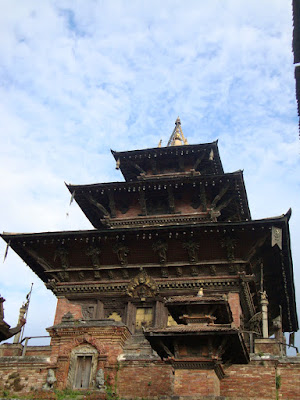 Cruising through small villages, canals, christian and orthodox churches into the sunset in the lake was an amazing experience.
Cruising through small villages, canals, christian and orthodox churches into the sunset in the lake was an amazing experience.  The peace, calmness and colors of the river and it’s life make it an unforgettable day.
The peace, calmness and colors of the river and it’s life make it an unforgettable day. 

Asia was the origin of a traveling awakening. It's marvels encouraged my curiosity for places, cultures, reasons, explanations. These are some places I've been fortunate to visit.
 Cruising through small villages, canals, christian and orthodox churches into the sunset in the lake was an amazing experience.
Cruising through small villages, canals, christian and orthodox churches into the sunset in the lake was an amazing experience.  The peace, calmness and colors of the river and it’s life make it an unforgettable day.
The peace, calmness and colors of the river and it’s life make it an unforgettable day. 


































 For an hour we were delighted with the incredible view of the top of the world. After having breakfast, we went to another three beautiful cities in Nepal:
For an hour we were delighted with the incredible view of the top of the world. After having breakfast, we went to another three beautiful cities in Nepal:  Bhaktapur with it’s beautiful temples, Pashupatinath the Nepalese Varanasi, where Hinduists burn their dead and throw the ashes to the river and Patan with it’s antique architecture.
Bhaktapur with it’s beautiful temples, Pashupatinath the Nepalese Varanasi, where Hinduists burn their dead and throw the ashes to the river and Patan with it’s antique architecture. 
 We arrived at noon, after a few hours delay because of bad weather. After lunch we went to Durbar Square.
We arrived at noon, after a few hours delay because of bad weather. After lunch we went to Durbar Square.  I think anyone could spend weeks just at this square, with old temples, food market, handicrafts, all contained in one of the most dense cities in terms of population with very small streets and heavy transit.
I think anyone could spend weeks just at this square, with old temples, food market, handicrafts, all contained in one of the most dense cities in terms of population with very small streets and heavy transit.  It looks like a city that stood in time years ago, with friendly small people, small doors to bend to the earth, and great energy.
It looks like a city that stood in time years ago, with friendly small people, small doors to bend to the earth, and great energy.  A city full of colors, noises, nationalities, garbage, smells, hustlers, backpackers, history, religion, faith, life.
A city full of colors, noises, nationalities, garbage, smells, hustlers, backpackers, history, religion, faith, life. Two and a half km in front of this house, there’s the India gate, in the memory of the 85,000 soldiers that died in the world war defending the British by demand.
Two and a half km in front of this house, there’s the India gate, in the memory of the 85,000 soldiers that died in the world war defending the British by demand.  In the end we went to a huge Hindu temple where no pictures were allowed.
In the end we went to a huge Hindu temple where no pictures were allowed.  Better organized, although in construction for the games in 2010, New Delhi is getting better and better with the days, and for sure in a few years will be one of the main metropolis in the world.
Better organized, although in construction for the games in 2010, New Delhi is getting better and better with the days, and for sure in a few years will be one of the main metropolis in the world.

